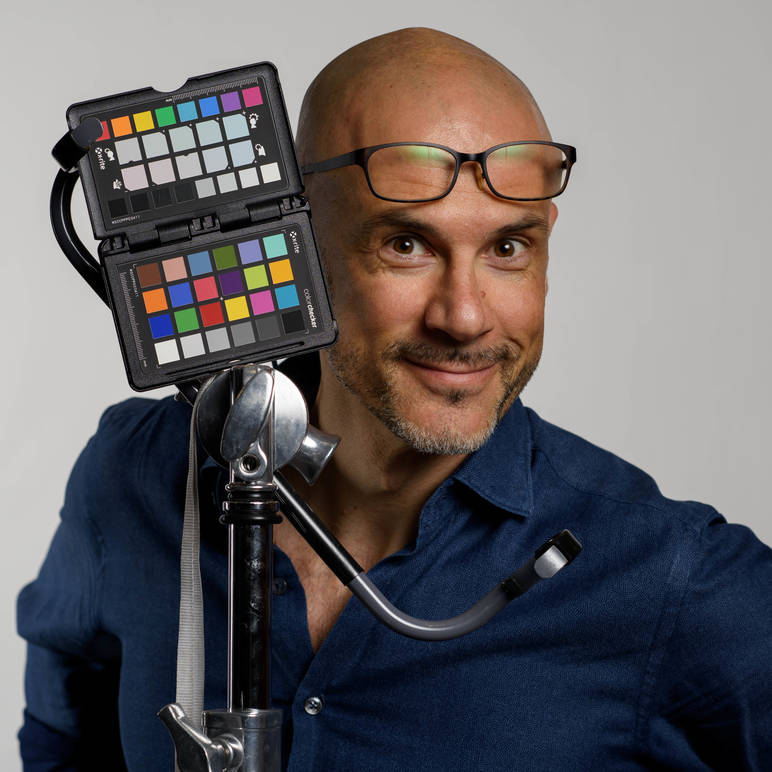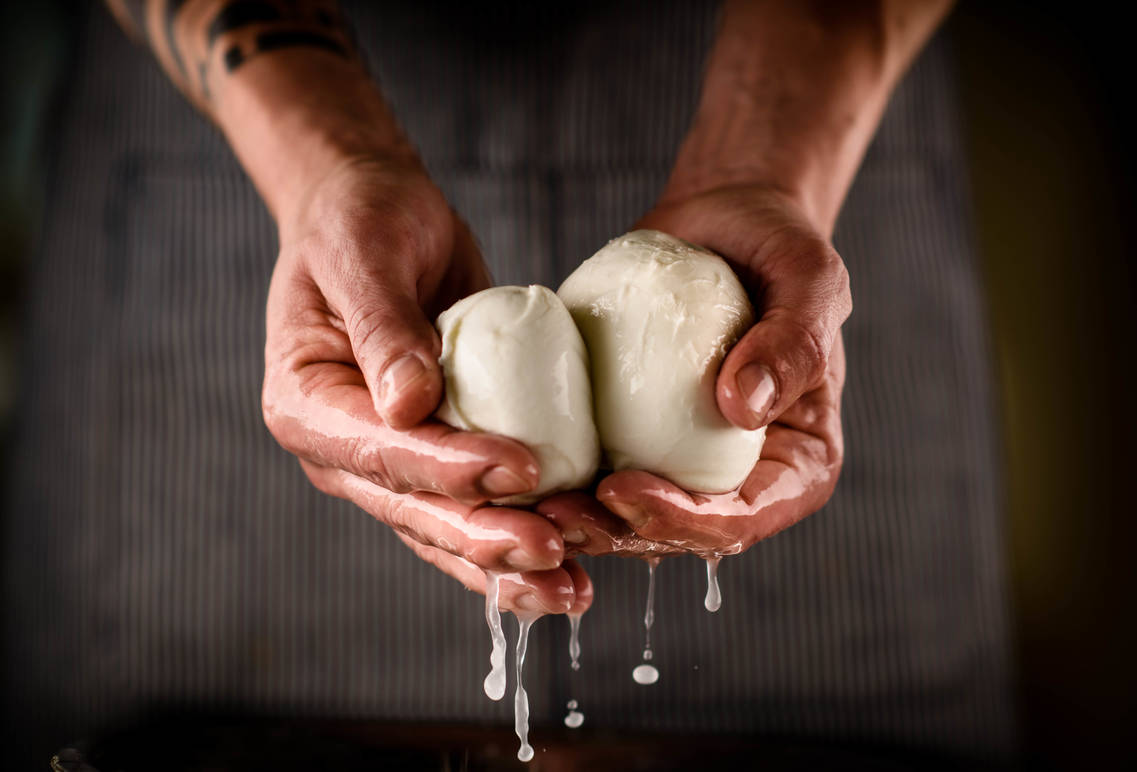Francesco Sapienza: When Photograph Means Happiness
Rome as the guardian of a cultural and sentimental legacy, Stockholm to understand his own path and to grow, New York as the meeting point and the destination of Francesco Sapienza’s creative world. Three different cities that gave Francesco the required knowledge to understand that photography was the right path to follow.
At age 24 Francesco did his first Erasmus in Sweden. “Stockholm’s a wonderful and avant-garde city. The success that Swedish people and companies boast worldwide ranges from sport to politics, from design to technology, and it is striking, considering its small population. There, good taste and minimalism prevail, and this is what I try to convey with my portraits,” says the photographer.
Francesco’s artistic path it is not the same as that of many photographers. After attaining a degree in electronic engineering from the Royal Institute of Technology in Stockholm, and pursuing a career in the telecommunications field, he is a worldwide expert in 3G/4G networks. Francesco’s artistic path it is not the same as the one of many other photographers.
At the beginning of 2000 he was teaching formation courses for the majority of Vodafone engineers in Italy and in other countries.
“I have always tried to create situations that could make me happy, and this sometimes requires drastic changes. I made several, both in geographical and professional terms.” What does happiness mean to you?
What does happiness mean to you? Francesco asked himself this question many times and in 2004, the passion for photography gained the upper hand, causing him to quit the job as an engineer in order to follow his real passion: portraiture.
“A face and that’s it, you can barely see the background in my pictures, as they are so close-up. To me, it is the face that has to speak, that is why I love shooting my pictures in the studio, with only a white and gray background.”
His philosophy is that “it is not your duty to be photogenic, is the photographer’s duty to make you photogenic. It is the photographer who must capture the soul of the subject, not vice versa. To me, there are no non-photogenic people, and my challenge is to take the responsibility to make everyone photogenic.
“The power of a portrait is incredible,” he tells us. “It is the result of an infinity of small and big elements, going from the lighting to the choice of the equipment, from the environment that surrounds the subject to the way in which the photographer talks with the subject, and to the emotions that he is feeling at the moment.” For Francesco beauty is natural, “even a smirk,” and not necessarily only the look of the classical canon that nowadays the media provide.
So what better city than New York to be inspired by the faces and by the ethnicity of the places? “New York has an incredible energy that is impossible to explain with words. It is a place where you go only if you want to do something, and this mood creates a vortex of energy and creativity that I do not think you can find everywhere else. There is no other place in the world where I feel more comfortable.” His eyes are sparkling and his gaze is calm yet firm as he speaks.
He tells us about his first working experiences with big brands and not only in the portraits field. “I have been working with Eataly for three years, and this is how I began with food photography. I am responsible for all the pictures from their online catalogue and of the first three editions of their book edited by Rizzoli (“How to Eataly,” or in Italian “I love Eataly”).
“I was told that they were looking for a professional photographer for their catalogue and proposed. Once the interview was over, they gave me a bag with some products and said goodbye by saying: ‘Go home and show us something innovative that you can do.’ I had no idea how to create an innovation in a picture with a white background. One night, while I was taking pictures of a package of torrone, I decided to open it to see how it was made from the inside. I broke it into two parts and I took a close-up of the inside, with all the crumbs spread over the white table. I found it very beautiful, because it showed the product and not only the package. So I proposed to Eataly to shoot two photos for each product, one that showed the package and one that showed the opened product. They were enthusiastic about the idea, and I was charged with the task to photograph the first 500 products of their inventory.”
In telling this he makes an odd but logical connection: Taking pictures of food can be like photographing models, and the final result does not only depend on you. “You also have to have food that is visually captivating (in fashion: the models) as well as some good food stylists and prop stylists (in fashion: fashion stylists and prop stylists).”
He continues, “Recently I was commissioned by Smithsonian to do a book on uniforms and rare objects from the baseball world, a sport that I know nothing about and that I even find boring. I am working in close contact with the author of the book. His enormous energy and endless love for basketball, as well as his history, is wonderful and gives me a lot of inspiration.
“Working with people passionate about what they do turns out to be very contagious for me, and it can make interesting also the projects that are not. We went together to visit the houses of some of the big collectors in Los Angeles, San Francisco, and Hong Kong, in order to report on part of their collections. I took pictures of vintage T-shirts that are worth
millions of dollars each, and listening to the collectors and how they managed to buy the pieces they were looking for and seeing the passion in their eyes when they talk about it is something incredible.”
Francesco Sapienza says goodbye to us, inviting us to go to his studio for a portrait and not to worry if a wrinkle will appear on our face, because it is part of our beauty.
We are left charmed by his story and by his courage in having left a safe job to dedicate himself to art, even if, as he wants to make clear, “we have to consider it as a business and not only as an art. This means that you have to learn how to be an entrepreneur, with all that it is related to it. You have to know how to do everything, from accounting to marketing, public relations and so on.”






































i-Italy
Facebook
Google+
This work may not be reproduced, in whole or in part, without prior written permission.
Questo lavoro non può essere riprodotto, in tutto o in parte, senza permesso scritto.